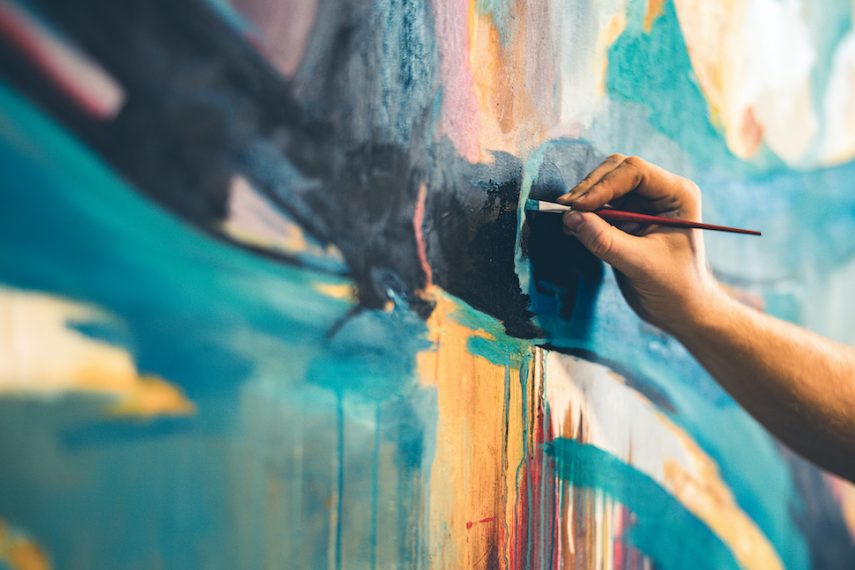Art therapy promotes emotional healing and mental well-being. It uses creative processes to help individuals express and manage emotions.
Art therapy combines art and psychology to foster mental health. Through drawing, painting, and other creative activities, individuals explore emotions and experiences. This therapeutic approach is particularly effective for those who struggle to articulate their feelings verbally. Art therapy offers a non-verbal outlet, making it accessible to people of all ages and backgrounds.
Many find it helpful for coping with stress, trauma, and various mental health conditions. By engaging in creative expression, participants often gain insights into their emotional state and develop healthier coping mechanisms. This form of therapy provides a unique pathway to emotional resilience and psychological growth.

Credit: www.linkedin.com
Introduction To Art Therapy
Art therapy is a powerful healing tool. It combines art and psychology to improve well-being. This therapy helps people express emotions through creative means. It is used in various settings, from hospitals to schools.
What Is Art Therapy?
Art therapy uses art to address emotional and psychological issues. It involves painting, drawing, or sculpting. The goal is to help people communicate feelings they can’t express in words. Art therapists are trained professionals who guide the process.
Brief History Of Art Therapy
The roots of art therapy date back to the early 20th century. It gained recognition during the 1940s and 1950s. Pioneers like Margaret Naumburg and Edith Kramer played significant roles. They believed art could reveal inner thoughts and emotions.
Today, art therapy is a recognized field. It is used worldwide to help people heal and grow.
Benefits Of Art Therapy
Art therapy offers a wide range of benefits for individuals. It helps in emotional and mental well-being. Engaging in art therapy can be a transformative experience. This section explores the key benefits of art therapy.
Emotional Healing
Art therapy helps in expressing feelings. It can be hard to talk about feelings. Art provides a safe way to show emotions. Creating art reduces stress and anxiety. It helps in processing complex emotions.
- Reduces stress levels
- Helps in expressing emotions
- Provides a safe outlet for feelings
Mental Health Benefits
Art therapy is effective for mental health. It can aid in treating depression. Art therapy helps in managing anxiety. It supports people with PTSD. Creating art boosts self-esteem and confidence.
- Improves self-esteem
- Helps manage anxiety
- Supports PTSD treatment
Techniques Used In Art Therapy
Art therapy uses creative methods to help people heal. These methods help express feelings and thoughts. Different techniques in art therapy can aid in this process. Below are some key techniques used in art therapy.
Drawing And Painting
Drawing and painting are common techniques in art therapy. They help people to express emotions. Using colors and shapes can reflect one’s mood. Many find it easier to draw or paint than to talk. Art therapists guide clients in using these methods. This helps in releasing stress and anxiety.
Here are some benefits of drawing and painting:
- Improves mood
- Enhances self-awareness
- Relieves stress
Sculpting And Modeling
Sculpting and modeling involve creating three-dimensional art. This technique helps in understanding complex emotions. Using clay or other materials can be therapeutic. It allows for physical expression of feelings. People can mold and shape their thoughts into tangible forms.
Benefits of sculpting and modeling include:
- Improves focus
- Enhances problem-solving skills
- Provides a sense of achievement
Both drawing and painting and sculpting and modeling provide unique ways to heal. They help people explore their inner world. These techniques are vital in the field of art therapy.
Art Therapy For Different Populations
Art therapy is a powerful tool for healing. It helps people express emotions and find comfort. Different groups benefit from art therapy in unique ways. This section explores how it helps children, adolescents, adults, and seniors.
Children And Adolescents
Children often struggle to express feelings with words. Art therapy offers them a safe space to show their emotions. They can use colors, shapes, and drawings to communicate. This helps them process difficult experiences. It also boosts their self-esteem and creativity.
- Reduces anxiety and stress
- Improves emotional regulation
- Enhances social skills
| Benefits | Examples |
|---|---|
| Emotional Expression | Drawing feelings |
| Problem-solving | Creating solutions in art |
| Social Interaction | Group art projects |
Adults And Seniors
Adults face various stresses and challenges. Art therapy can help them manage these issues. It provides an outlet for expressing emotions. This can be therapeutic and relaxing. Seniors also benefit greatly. It helps them stay mentally active and engaged. They can work through past experiences and find new meaning in life.
- Reduces depression and anxiety
- Improves cognitive function
- Enhances self-awareness
For seniors, art therapy can also improve fine motor skills. It can foster a sense of community when done in groups. This leads to a richer, more fulfilling life.
Case Studies And Success Stories
Art therapy has transformed lives in numerous ways. Here, we explore some remarkable case studies and success stories. These stories highlight the profound impact of art therapy on individuals and communities alike.
Individual Success Stories
Many individuals have found healing through art therapy. Here are some notable examples:
- John’s Journey: John, a war veteran, struggled with PTSD. Through painting, he expressed his trauma. This helped him reduce anxiety and improve sleep.
- Maria’s Recovery: Maria, a teenager with depression, found solace in drawing. Her sketches became a way to communicate feelings. This led to improved emotional health.
- Sophia’s Story: Sophia, diagnosed with cancer, used art to cope. Creating sculptures helped her deal with pain and fear, boosting her mental well-being.
Community Impact
Art therapy also benefits entire communities. Here are some inspiring examples:
| Community | Impact |
|---|---|
| Local Schools | Art therapy programs reduce bullying and improve student mental health. |
| Hospitals | Patients engage in art therapy to manage pain and reduce stress. |
| Senior Centers | Art activities help seniors improve cognitive function and mood. |
These stories and examples show the power of art therapy. It offers a unique path to healing, both for individuals and communities.

Credit: ejazkhanphotography.com
Challenges In Art Therapy
Art therapy offers great benefits for mental health. Yet, it faces several challenges. These challenges can hinder its effectiveness and reach. Below, we explore some of the key challenges in art therapy.
Accessibility Issues
Accessibility remains a major challenge in art therapy. Many people cannot access these services due to geographical limitations. Rural areas often lack art therapy professionals. This limits the reach of these beneficial services.
Another issue is financial barriers. Art therapy can be costly. Many insurance plans do not cover it. This makes it hard for low-income individuals to afford these sessions.
Lastly, there are physical accessibility issues. Some people with disabilities find it hard to attend in-person sessions. Remote or online art therapy can help, but it is not always available.
Misconceptions And Stigma
Misconceptions about art therapy also pose significant challenges. Many people think art therapy is only for artists. This is not true. You do not need to be an artist to benefit from art therapy.
There is also a stigma surrounding mental health. Some people feel embarrassed to seek help. They fear being judged or misunderstood. This stigma can deter people from trying art therapy.
Another common misconception is that art therapy is only for children. While it is very effective for kids, adults can benefit too. This false belief limits the demographic that seeks art therapy.
Educational campaigns and awareness programs can help address these misconceptions. They can inform people about the true benefits and scope of art therapy.
Training And Certification
Art therapy is a growing field that combines creativity with healing. To become an art therapist, one needs proper training and certification. This ensures professionals are well-equipped to help their clients. Below, we delve into the educational requirements and professional development for aspiring art therapists.
Educational Requirements
To start a career in art therapy, a master’s degree in art therapy is essential. Students should have a background in psychology and art. Courses often include:
- Psychological theories
- Art techniques
- Therapeutic practices
Accredited programs are crucial. They ensure students receive a quality education. The American Art Therapy Association (AATA) accredits many programs. This gives students confidence in their training.
Professional Development
After obtaining a degree, professional development is key. Art therapists must complete supervised clinical hours. This hands-on experience is vital for skill-building.
Continuing education is also important. It helps professionals stay updated on new practices. Workshops, seminars, and online courses are great options.
Certifications add credibility. The Art Therapy Credentials Board (ATCB) offers certifications like Registered Art Therapist (ATR). These certifications require:
- Documented clinical experience
- Passing a comprehensive exam
Maintaining certification involves ongoing learning. This ensures therapists provide the best care.
| Requirement | Details |
|---|---|
| Master’s Degree | In Art Therapy |
| Clinical Hours | Supervised Experience |
| Continuing Education | Workshops, Courses |
| Certification | From ATCB |
Training and certification ensure art therapists are skilled and knowledgeable. This helps them provide effective and compassionate care.

Credit: mandalahealingcenter.net
Future Of Art Therapy
The future of art therapy looks promising. It is evolving with new trends and perspectives. Art therapy helps people heal in different ways. Let’s explore what the future holds.
Emerging Trends
Many new trends are shaping art therapy. These trends make it more effective. Here are some key trends:
- Digital Art Therapy: Use of digital tools and apps.
- Virtual Reality (VR): Creating immersive healing experiences.
- Group Art Sessions: Promoting community and support.
| Trend | Benefit |
|---|---|
| Digital Art Therapy | Accessible and flexible. |
| Virtual Reality (VR) | Immersive and engaging. |
| Group Art Sessions | Fosters community. |
Global Perspectives
Art therapy is gaining recognition worldwide. Different cultures are adopting and adapting it. Here are some global perspectives:
- Western Countries: Focus on mental health and emotional well-being.
- Asian Countries: Integrating traditional art forms.
- African Countries: Using art to address trauma and community issues.
Each region has unique ways to use art therapy. These differences enrich the practice globally.
Conclusion
Art therapy plays a crucial role in emotional healing. It provides a creative outlet for expressing feelings. This therapeutic approach can improve mental health and well-being. By incorporating art into therapy, individuals can discover new ways to cope with life’s challenges.
Embrace art therapy to foster personal growth and emotional resilience.

